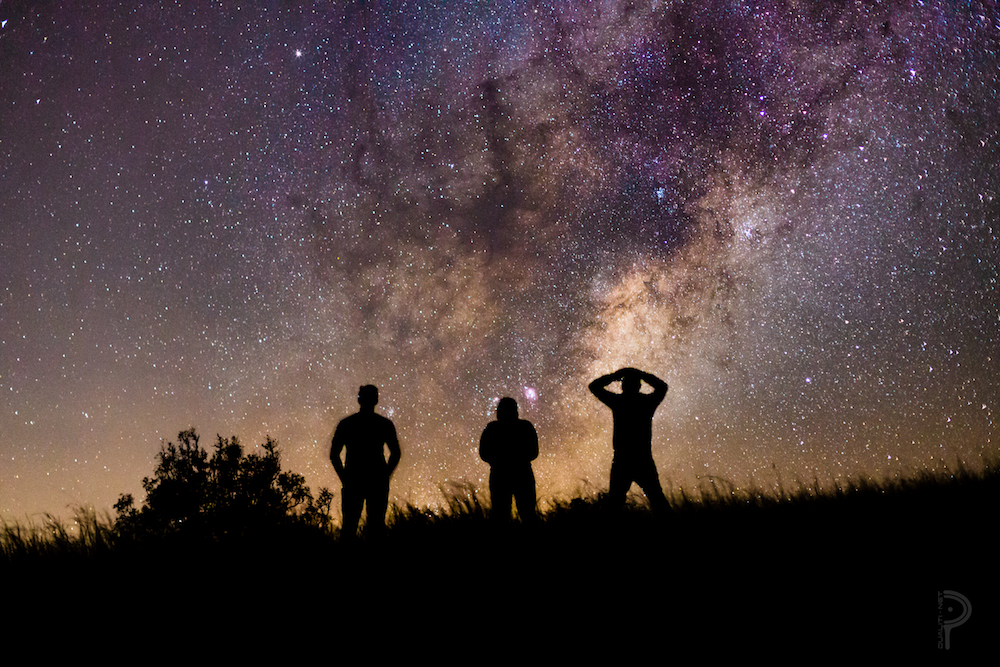Students are invited to turn their eyes to the sky

By: Sydney McClaine
Staff Writer
Do you think astronomy is interesting but don’t know how to get into it?
Hudson Valley physics professor, Richard Monda hopes to help students study astronomy with his his monthly YouTube series, “Eyes on the Sky,” we know what we can expect to view in our sky this September.
This month’s episode covers all of the exciting astronomical events you can observe in September. If you’re excited about the fall season creeping closer, you can see exactly when fall starts. At 9:54 p.m. on September 22, the sun’s pathway is halfway between its highest and lowest points, or in other words, the autumn equinox.
Want to see Saturn? Look slightly east of the moon on September 17, around 8 p.m., and that bright dot is our gassy, ringed-friend. Saturn not your thing? Maybe Mars then, which can be seen under the moon on September 19, as the moon travels east down constellation Capricornus for the next two days.
The sun is still more interesting than you think. NASA recently launched a space probe to fly through the sun’s corona in order to figure out why it is 100 times hotter than the sun. The corona is described in “Eyes on the Sky” as “the outer atmosphere of the sun that is only visible during a total solar eclipse.”
You can see the waning gibbous moon in the constellation Taurus, the night of September 28. Speaking of Taurus, something you may not know is that the brightest star in that constellation is Aldebaran. To us, this star is just a red dot known as “The Eye of Taurus,” but if you were to compare this star to our sun, it would be 17 percent bigger and 153 times brighter!
It is easy to look up at the sky realize how small you really are compared to the universe.
